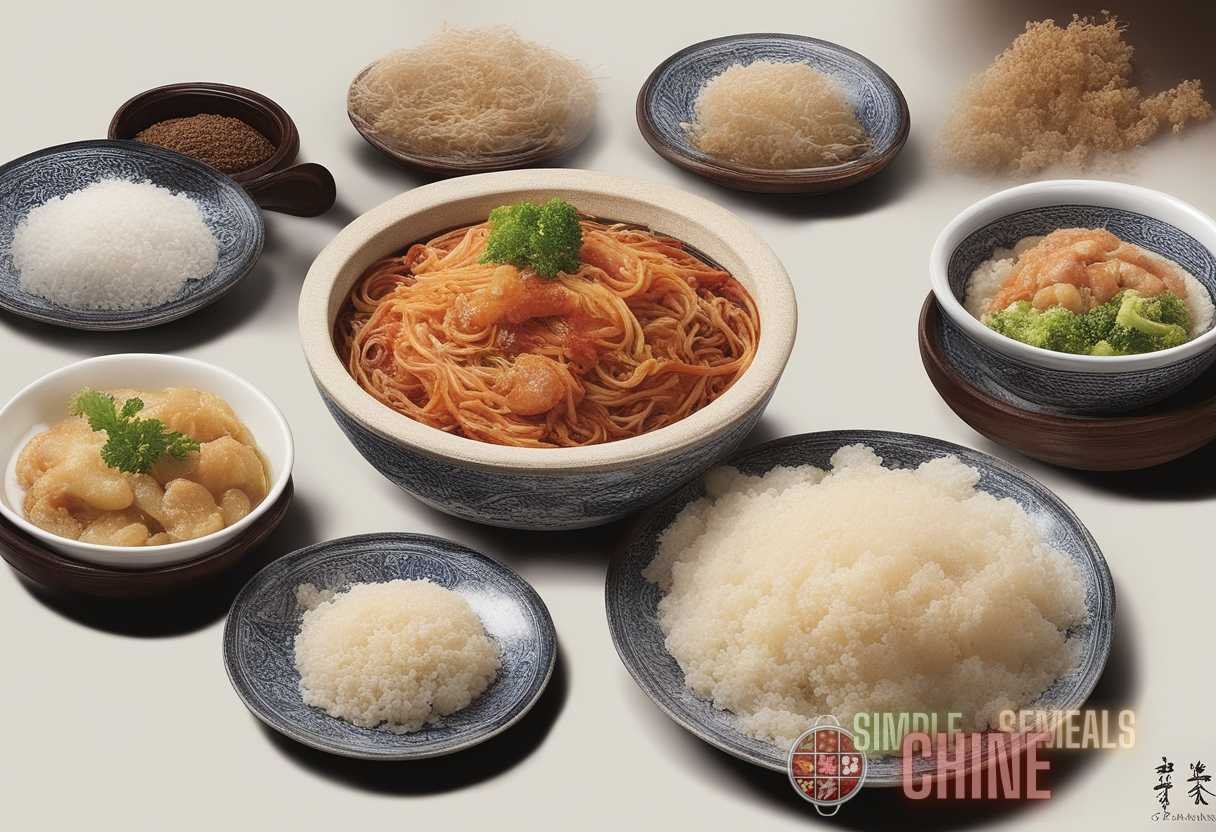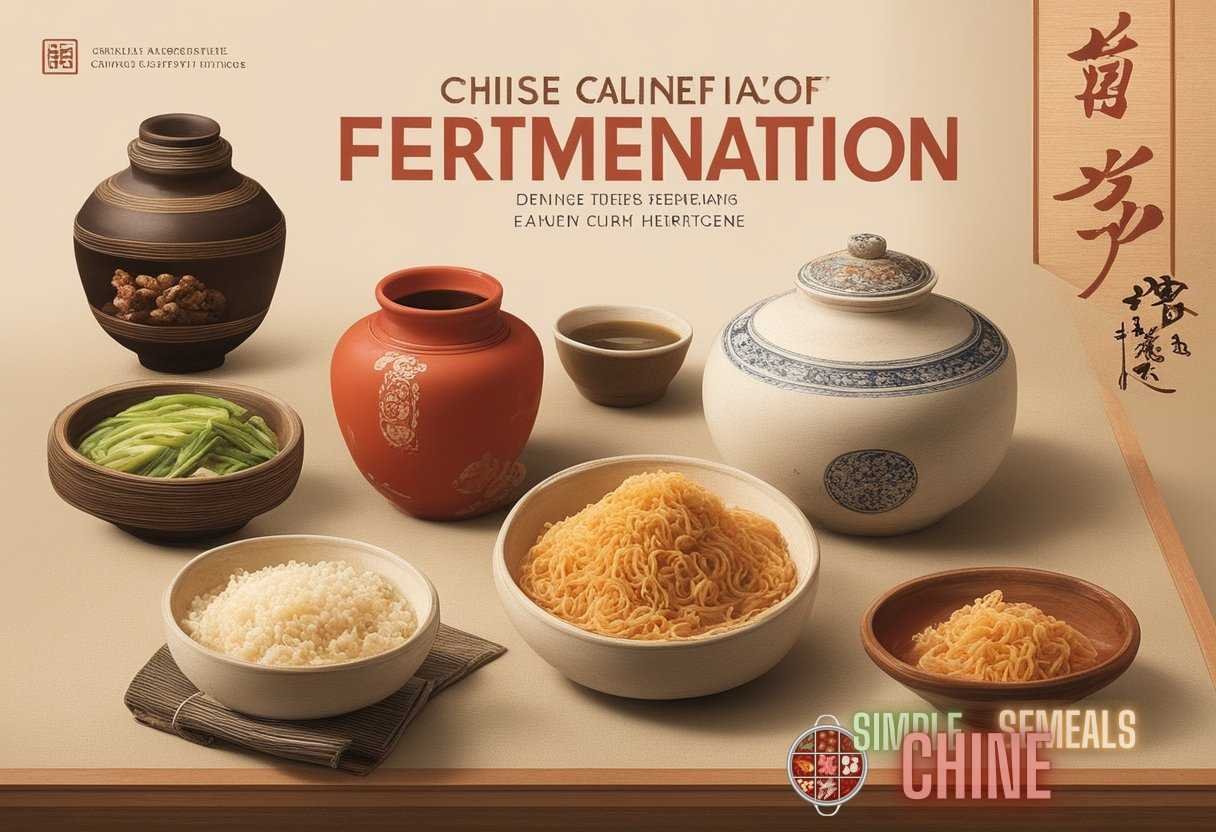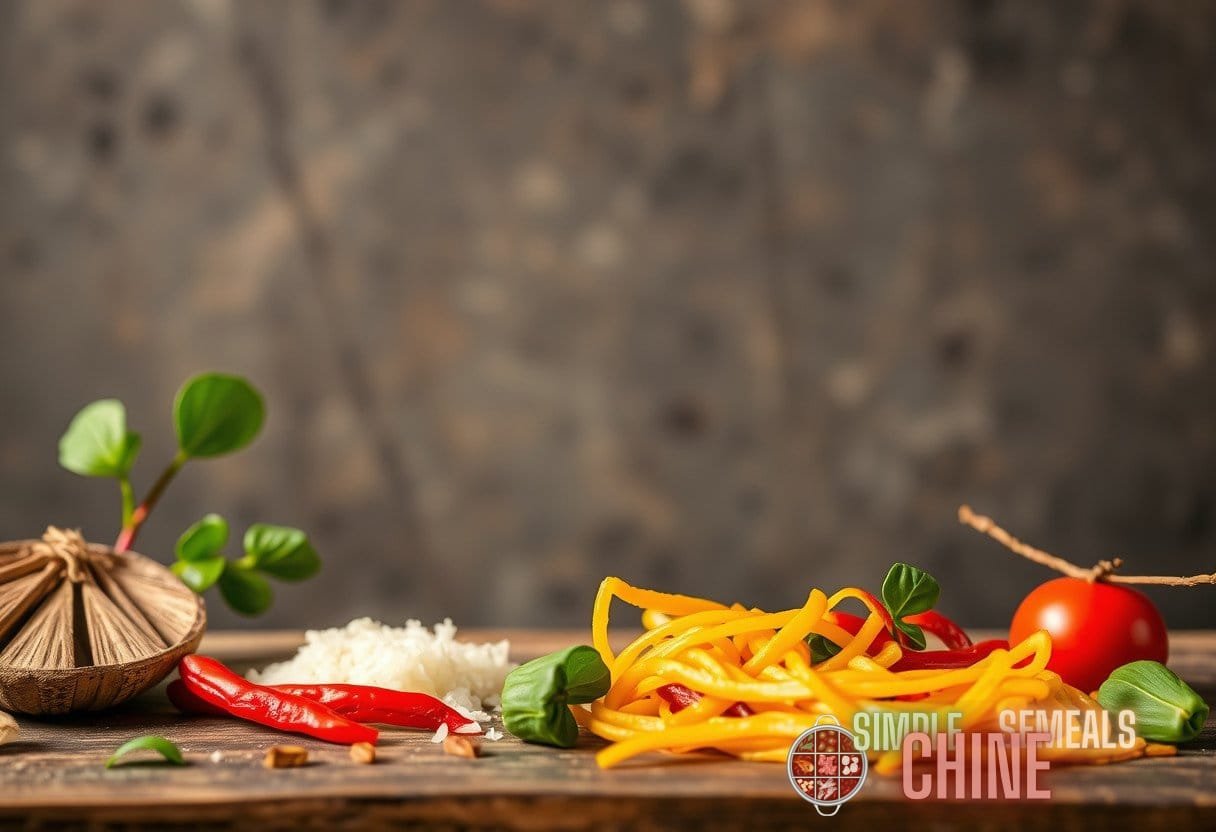Scientific Secrets: How Fermentation Defines Chinese Culinary Heritage
Chinese cuisine is renowned for its deep, diverse flavors and a rich history dating back thousands of years. Among the many culinary techniques that have shaped Chinese food, none are more significant than fermentation. This ancient method of preservation has played a pivotal role in defining traditional Chinese dishes, lending unique textures and complex flavors to its storied culinary heritage.
The Historical Importance of Fermentation in China
Fermentation is a biochemical process where microorganisms like bacteria, yeast, and fungi convert organic compounds—such as sugars and starch—into alcohol or acids. This process was one of the earliest methods used by humans for food preservation, long before the advent of modern refrigeration.
Early Documentation
China has a well-documented history of fermentation that goes back at least 7,000 years. Archaeological evidence from the Neolithic site of Jiahu suggests that early Chinese cultures were making alcoholic beverages from fermented grains and fruits as early as 7000 BC.
Key Historical Figures
Prominent figures in Chinese history have also highlighted the significance of fermented foods. Shen Nong, the Chinese deity of agriculture, is said to have discovered the benefits of fermented tea (known today as Pu-erh tea), while the philosopher Confucius praised the virtues of fermented foods in his writings.
Role in Chinese Medicine
Fermentation was not just about preserving food; it was also integrated into Traditional Chinese Medicine. For example, fermented soy products like miso and tempeh were believed to promote gut health and overall well-being, a concept modern science supports today.
Core Fermented Foods in Chinese Cuisine
The impact of fermentation in Chinese culinary heritage cannot be overstated. Several iconic Chinese foods owe their unique flavors and textures to this ancient technique.
Soy Sauce
Soy sauce is perhaps the most famous fermented product in Chinese cuisine. Made by fermenting soybeans, wheat, salt, and water, this dark, umami-rich liquid is a staple in almost every Chinese dish, from stir-fries to marinades.
Doubanjiang
Doubanjiang is a spicy, fermented bean paste made from soybeans, broad beans, salt, and spices. It is the soul of Sichuan cuisine, providing the characteristic heat and depth of flavor to dishes like Mapo Tofu and Kung Pao Chicken.
Baijiu
Baijiu, a traditional Chinese spirit, is made from fermented sorghum and other grains. With an alcohol content between 40% and 60%, Baijiu is typically consumed as a social or ceremonial drink. Its complex flavor is an acquired taste, often described as a blend of sweetness, bitterness, and earthiness.
Fermented Vegetables
Pickling vegetables through fermentation is a common practice in Chinese households. Napa cabbage, radishes, and cucumbers are among the vegetables often fermented to create pickles that accompany main dishes or serve as palate cleansers.
The Science Behind Fermentation
Understanding the scientific underpinnings of fermentation can offer deeper insights into why this method has been essential in Chinese culinary traditions.
Microorganisms at Work
Fermentation is driven by microorganisms that break down sugars and other organic compounds. In soy sauce production, for instance, mold spores like Aspergillus oryzae are used to break down the proteins and starches in soybeans, transforming them into amino acids, simple sugars, and umami-rich compounds.
Flavor Complexity
Fermentation produces a range of complex flavors due to the variety of metabolites generated by microorganisms. These include organic acids, esters, and alcohols, which contribute to the rich, layered tastes found in foods like soy sauce and doubanjiang.
Preservative Effects
Fermentation naturally enhances the shelf life of foods. The acids and alcohols produced by fermentative microorganisms create an environment hostile to spoilage organisms, thus preserving the food for extended periods without the need for artificial preservatives.
Health Benefits
Modern science confirms many of the health benefits traditionally attributed to fermented foods. These include improved digestive health, enhanced nutrient absorption, and a stronger immune system, thanks to the probiotics and bioactive compounds produced during fermentation.
Cultural Significance and Contemporary Influence

The significance of fermented foods in Chinese cuisine extends beyond mere food preservation. They are integral to cultural practices, festivities, and daily life.
Festivals and Fermented Foods
Fermented foods often play a starring role in Chinese festivals. During the Lunar New Year, families prepare and consume various fermented delicacies such as Nian Gao (sticky rice cake) and fermented rice wine, symbolizing prosperity and longevity.
Regional Variations
Diverse climates and local ingredients have led to a wide variety of fermented foods across China’s regions. While Sichuan is famous for its spicy doubanjiang, the northern provinces excel in producing varieties of pickled vegetables and high-quality soy sauces.
Modern-Day Applications
Today, the influence of Chinese fermented foods is not confined to China alone. Globally, chefs and food enthusiasts are incorporating these traditional flavors into creative, contemporary dishes. Additionally, the health benefits associated with fermentation have fueled a global resurgence in its popularity, often integrating ancient practices into modern wellness trends.
Educational Resources
For those interested in delving deeper into the world of Chinese fermentation, several educational resources are available. An excellent starting point is the article on Chinese Flavors, which offers a comprehensive look at the various ingredients used in traditional Chinese cooking, including fermented delicacies.
Case Studies of Fermented Foods
Let’s explore some specific case studies to understand the pivotal role fermentation plays in Chinese culinary traditions.
Case Study 1: Soy Sauce Production
The production of soy sauce is a meticulous process that takes several months to complete. The soybeans and wheat are first inoculated with Aspergillus oryzae mold spores. This mixture is then mixed with saltwater and left to ferment. Over time, the enzymes break down the proteins and carbohydrates, resulting in a rich, savory sauce.
The subtle variations in temperature, humidity, and duration can significantly affect the final flavor, making soy sauce production both a science and an art.
Case Study 2: Pu-erh Tea
Pu-erh tea undergoes a unique microbial fermentation process, setting it apart from other types of tea. The tea leaves are often aged for several years, during which they undergo gradual fermentation. This process introduces beneficial bacteria and molds, giving Pu-erh tea its complex, earthy flavors, and reputed health benefits.
Case Study 3: Baijiu
Baijiu is another excellent example of a traditional fermented product. The production process involves fermenting grains in earthen pits or large ceramic jars. Yeasts and other microorganisms naturally present in these environments contribute to the fermentation process, resulting in a spirit with unique, robust flavors.
Challenges and Future Prospects
While fermentation has been a cornerstone of Chinese culinary heritage, it faces several modern challenges. Nonetheless, the future of fermentation in Chinese cuisine remains promising.
Challenges
One significant challenge is the standardization and regulation of fermented food production. As small-scale, artisanal production methods give way to industrial processes, there is a risk that traditional flavors and techniques might be lost.
Moreover, modern dietary changes and the increasing availability of refrigeration are reducing the reliance on fermentation for food preservation, which could lead to a decline in traditional fermented foods.
Future Prospects
Despite these challenges, there is a growing interest in preserving and revitalizing traditional fermentation methods. Research and development are underway to understand the microbial communities involved in fermentation better, leading to improved techniques and flavors.
The increasing global awareness of the health benefits associated with fermented foods is another positive trend. As consumers become more health-conscious, the demand for probiotic-rich, fermented products is likely to grow, providing new opportunities for innovation and expansion.
To learn more about how traditional practices endure in modern times, read the insightful article on Unearthing Water’s Impact on Preserving Ancient Chinese Culinary Heritage.
Final Thoughts
Fermentation is not merely a method of food preservation; it is a culinary art form that has profoundly influenced Chinese heritage. From the depths of umami in soy sauce to the complex notes of aged Pu-erh tea, fermented foods reflect the intricate balance of science and tradition. As modern science continues to uncover the health benefits of fermentation, these ancient practices are gaining renewed recognition and appreciation, ensuring their place in the future of cuisine both within China and around the world.
By understanding and appreciating the scientific secrets behind these time-honored methods, we can fully grasp how fermentation defines Chinese culinary heritage.



